Size for Baby
|
TELEFONDA SİPARİŞ VER
+90 212 671 20 21
Tıklayın, telefonunuzu bırakın. Sizi arayalım.
CTEV Antivarus Shoes Features
► For the walking baby for Club Foot.
► %100 leather
► Insole is leather.
► It does not irritate the feet.
► Belt holds the foot and blocks movement.
► Antibacterial and hygienic. It does not sweat.
► Heel adjustment with special hole in heel.
► Model Code: CF-01
► User comfort.
► Colours: Only black
► CE and ISO 13485 quality certificate
► Number range is from 18 to 30.
► The heel region can easily sit on the foot.
► Revers angel mould
► Best Ctev shoes model for baby
► Leather ctev shoes model
► Thomas heel
► Made in Türkiye
► Brand: Falcon
Antivarus CTEV Shoes Numbers
18 Number: 12,00 cm
19 Number: 12,70 cm
20 Number: 13,30 cm
21 Number: 14,00 cm
22 Number: 14,70 cm
23 Number: 15,30 cm
24 Number: 16,00 cm
25 Number: 16,70 cm
26 Number: 17,30 cm
27 Number: 18,00 cm
28 Number: 18,70 cm
29 Number: 19,30 cm
30 Number: 20,00 cm
Note:
It is used as a continuation of treatment without splint for toddlers after ponseti treatment.
Promotes correction of deformities: Equinus, clubfoot, forefoot, bow leg, varus, and tibial torsion. Preserves ankle anatomy. Also maintains proper foot alignment.
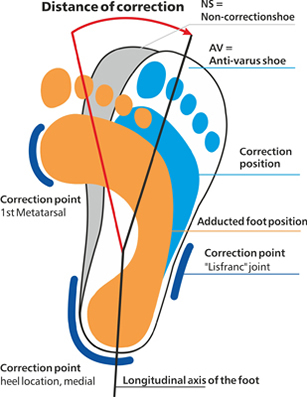
What is clubfoot, and how is it diagnosed?
Clubfoot, also known as talipes equinovarus, is a congenital condition in which a baby's foot is twisted out of its normal position. It is one of the most common congenital musculoskeletal anomalies, affecting approximately 1 in 1,000 live births. The affected foot may be pointed downwards and turned inward, making it difficult or impossible to place the sole of the foot flat on the ground.
Diagnosis of clubfoot typically occurs shortly after birth through a physical examination by a healthcare professional, such as a pediatrician or orthopedic specialist. The characteristic appearance of the foot makes it relatively easy to identify. The healthcare provider will check for the following signs:
- Equinus: The foot is pointing downward (like standing on tiptoes).
- Varus: The foot is turned inward.
- Cavus: The arch of the foot is unusually high.
- Medial rotation of the tibia: The lower leg bone (tibia) may be rotated inward.
In some cases, clubfoot may be detected during prenatal ultrasounds, especially if it is severe. If clubfoot is suspected, further evaluation and confirmation are done after the baby is born.
Once the diagnosis is made, additional imaging tests, such as X-rays or ultrasound, may be used to assess the severity of the deformity and aid in determining the most appropriate treatment approach.
It's important to start treatment for clubfoot early, ideally within the first few weeks of life, to achieve the best outcomes and to prevent complications that could affect the child's ability to walk and move comfortably as they grow older. The most common treatment for clubfoot is the Ponseti method, which involves gentle stretching, casting, and, in some cases, a minor procedure to lengthen the Achilles tendon. In more severe cases, surgical intervention may be necessary to correct the deformity. Regular follow-up appointments are typically scheduled to monitor the progress of treatment and ensure the best possible outcome for the affected child.
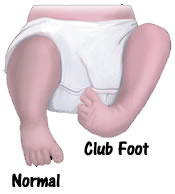
What are the treatment options for clubfoot, and when should treatment begin?
The treatment options for clubfoot primarily include non-surgical methods, such as the Ponseti method, and in some cases, surgical intervention. The choice of treatment depends on the severity of the clubfoot and the age at which it is diagnosed.
Ponseti Method:
The Ponseti method is the most common and widely accepted non-surgical treatment for clubfoot. It is a gentle and gradual process that involves the following steps:
► Manual Manipulation: The foot is gently manipulated into a corrected position by a healthcare provider experienced in the Ponseti method.
► Casting: After the foot is repositioned, it is placed in a plaster cast to maintain the correction. The cast is changed every 1 to 2 weeks, with the foot being further corrected at each visit.
► Achilles Tendon Lengthening: Once the foot is brought into the correct position, a minor procedure may be done to lengthen the tight Achilles tendon at the back of the foot.
► Bracing: After the casting phase, a brace (usually Denis Browne bar or AFO - ankle-foot orthosis) is used to maintain the corrected position of the foot and prevent relapse. The brace is usually worn full-time for a few months and then gradually reduced to nighttime and naptime use until the age of 4 or 5.
The Ponseti method is most effective when started early, ideally within the first few weeks of life. It has a high success rate in correcting clubfoot deformities without the need for surgery in the majority of cases.
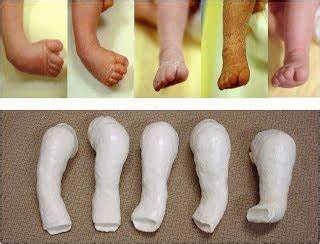
Surgical Intervention:
Surgery may be considered when the clubfoot is severe, resistant to non-surgical methods, or diagnosed late in infancy. Surgical procedures may involve soft tissue releases, bone realignment, and sometimes the use of external fixators or internal implants to correct the deformity. After surgery, bracing is still required to maintain the correction achieved.
The timing of surgical intervention varies depending on the patient's age, the severity of the deformity, and the experience and preference of the treating healthcare provider. Generally, it is advisable to try the Ponseti method first, and surgery is considered if the non-surgical approach does not achieve satisfactory results.
It's essential to begin treatment as early as possible, preferably within the first few weeks of life. Early intervention maximizes the potential for a successful outcome, as the baby's bones, ligaments, and tissues are more flexible and responsive to correction during this time. However, even if the condition is diagnosed later, treatment can still be effective, and individuals of all ages have benefited from both non-surgical and surgical approaches.
How do I choose the foot size?
Measure the length between the big toe and the heel with the help of a tape measure and determine the closest foot number.
12 Number: 7,50 cm
13 Number: 8,00 cm
14 Number: 8,80 cm
15 Number: 9,60 cm
16 Number: 10,30 cm
17 Number: 10,80 cm
18 Number: 11,30 cm
19 Number: 12,00 cm
20 Number: 12,70 cm
21 Number: 13,50 cm
22 Number: 14,10 cm
23 Number: 14,70 cm
24 Number: 15,30 cm
It is sufficient to measure the area marked with the red arrow in the image below.
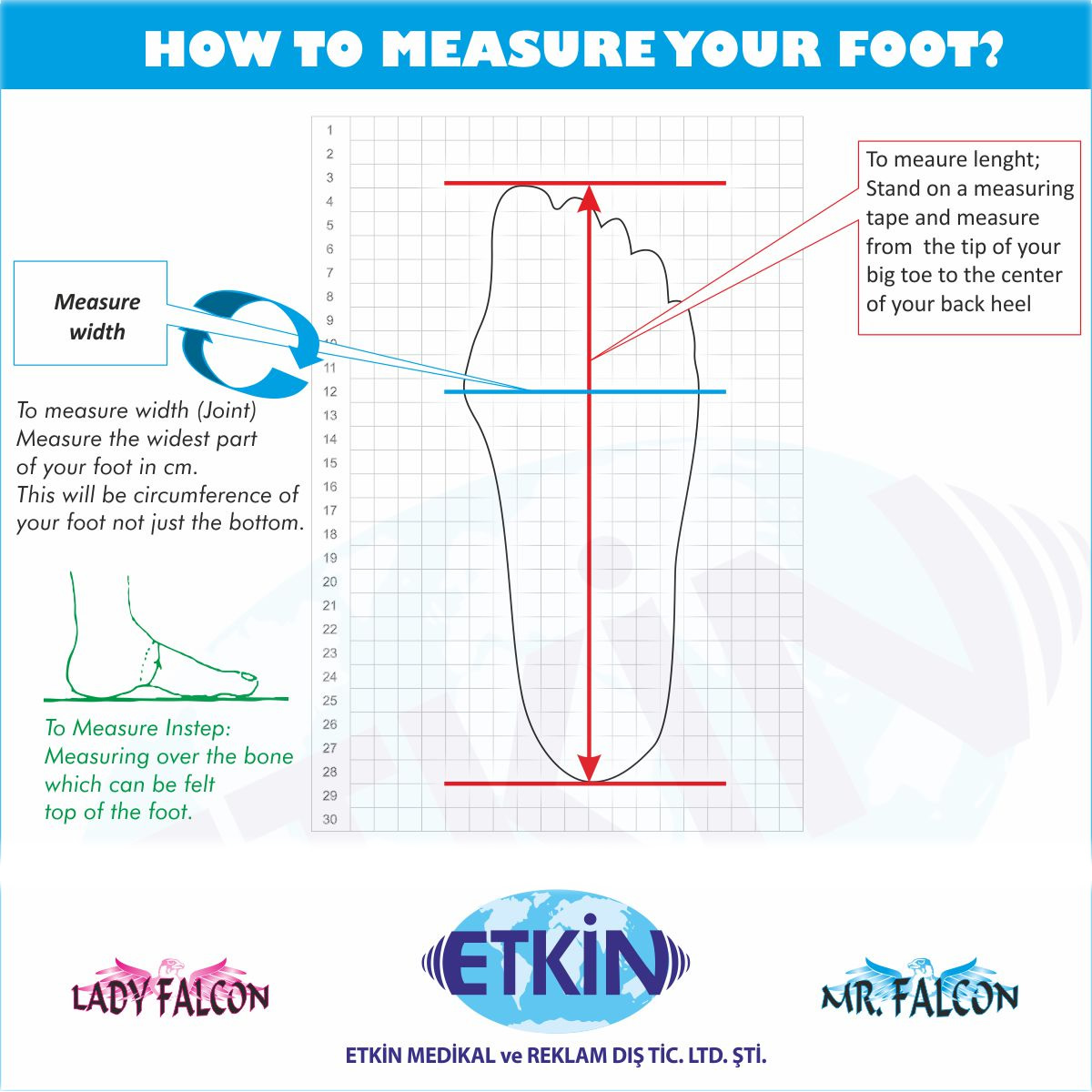
Can I shop safely on your site?
All purchases you make through https://www.medicalfootwear.net use the latest technologies and the best service provider for your safety.
Once you enter your credit card number under SSL security, you can be sure that no one will have access to this information. No one can view or access your information except you. The information about your number is encrypted and sent to your bank if you enter your credit card number. Your information can not be accessed by third parties, including https://www.medicalfootwear.net in this sense. Your card information is only known and protected by you and your bank.
Product price : 189.00 USD
When are orders shipped?
Products are generally shipped within 1-5 business days.
When will my order be delivered?
Products shipped are usually delivered to your address within 3-7 business days.
We ship with Fedex, DHL, UPS adn TNT, which are the leading cargo companies of express courier transportation. If you have a different request, please contact our company.
Where can I track my order?
You can track your order in the “my orders” section on our website. In addition, you can track the shipment directly by clicking on the link that is sent to your email address.
I cannot access the tracking information for my order. What am I supposed to do?
You need to contact us directly or through our support department if you encounter such a problem.
Which regions do you ship to?
You can shop online from anywhere in the world.
Safe Shopping
Free Shipping
Shipping Within 1-5 Days
Best Quality Products
These Products May Be Interested
Adjustable Club Foot Split Bar
299.00 USDClub Foot Shoes Model With Splint DB01
308.00 USDDennis Brown Splint Bar for Club Foot
129.00 USDDennis Brown Splint Bar
129.00 USDDennis Brown Shoes With Splint DB02
308.00 USDPonseti Shoes for Club Foot Model DB-02
179.00 USD
Best Selling Products
Antivarus CTEV Sandals for Clubfoot CF02
189.00 USDClub Foot Boots With Movable Splint DB01
308.00 USDClub Foot Shoes Model DB-01
179.00 USDAdjustable Club Foot Split Bar
299.00 USDClub Foot Ponseti Split Bar
%15199.00 USD169.00 USD
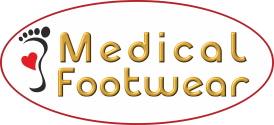


























Thanks for your nice review about CTEV shoes